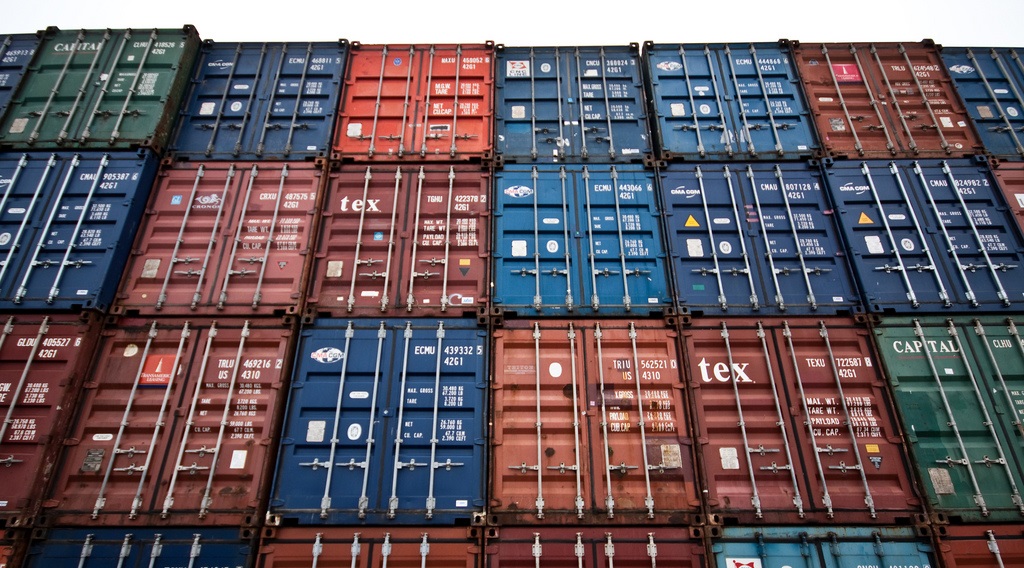Regulated utilities are tasked with investing in the electricity distribution system in a way that delivers a reliable power service. This research explains how the regulatory process in the United States leads to under-investment in such infrastructure and too many power outages. The findings show how the politics of the regulatory environment can sometimes help and sometimes harm the problem of under-investment.
How the MillerCoors joint venture changed competition in U.S. brewing
This paper studies the aftermath of the MillerCoors joint venture, which merged the operations of SAB Miller and Molson Coors in the United States. The prices of MillerCoors and its biggest rival, Anheuser-Busch Inbev, increased after the joint venture was consummated. These changes are consistent with post-merger coordination between MillerCoors and Anheuser-Busch Inbev.
The surprising power of tax stimulus to the housing market
In September 2008, the UK government announced a surprise stimulus policy in response to a dramatic fall in the housing market: a property transaction tax on houses sold in a certain price range was temporarily eliminated. This column reports research showing that this stimulus boosted transaction volumes by 20% and increased consumer spending by an amount equal to the forgone tax revenue. Cutting transaction taxes during economic downturns can thus be an effective way to stimulate both the housing market and the broader economy.
Gender gaps among high-skilled professionals: the case of US lawyers
Are differences in earnings between career-minded men and women the result of differences in performance – and if so, what explains the gender gaps in performance? This column explores these questions by analysing data on the careers of American lawyers who graduated at the turn of the millennium. Among these highly skilled young professionals, a key explanation of gender gaps in performance, earnings and career progression is the difference between men and women’s desire to ‘make partner’.
Where star scientists choose to locate: the impact of US state taxes
What are the effects of geographical variations in personal and corporate taxes on the location decisions of innovative individuals and companies? This column reports research showing that state taxes have a significant effect on the localization of star scientists and firms that employ star scientists. Local policy-makers would do well to consider this previously unrecognized cost of high taxes when deciding how much to tax highly productive, high-income workers.
Who benefits from corporate tax cuts? Evidence from local US labour markets
Quantifying who benefits from corporate tax cuts requires estimates of the effects of taxes on the local economy and on the location decisions of firms and workers. This research analyses every change in state business taxes in the United States since 1980 to show that the largest beneficiaries from a tax cut are the owners of firms (40%), with landowners and workers splitting the remaining (60%) of the economic gains. Where the benefits of corporate tax cuts fall ultimately depends on the relative mobility of firms and workers – and many factors other than tax rates influence their choice of location.
Global sourcing in a multi-country world: theory and evidence
Global sourcing is on the rise. Recent estimates suggest that intermediate input flows account for about two-thirds of the volume of world trade (Johnson and Noguera, 2012). Boeing’s production of the 787 Dreamliner exemplifies the growing involvement of foreign suppliers in U.S. manufacturing: 70 percent of the Dreamliner’s parts are sourced from 50 suppliers located in 9 countries. Meanwhile, during the last U.S. presidential election, we saw a backlash against international trade. Research, too, documents negative effects of increased trade integration. However, most of this evidence comes from trade in final goods. This paper examines the question: how do we analyze the phenomenon of firms increasingly sourcing intermediate inputs?
Bargaining with asymmetric information: an empirical study of plea negotiations
In the US, most criminal cases are resolved before trial through plea bargain agreements. Given the extent to which cases are settled before trial, the impact of sentencing reforms will depend largely on how they affect these agreements as opposed to the outcome of cases argued in court. Therefore, the current debate over criminal justice must consider the role of plea bargaining. By adapting and applying a theoretical model of litigation to data on violent crime cases filed in North Carolina’s superior court system, this article attempts to examine the potential impact of several hypothetical policy interventions on the outcome of criminal cases. This provides a helpful tool for understanding the potential ramifications of sentencing reform.
Gains from trade: evidence from nineteenth century Japan
Japan’s nineteenth century opening to world commerce after a long period of economic self-sufficiency provides a natural experiment to test the theory of comparative advantage and the gains from trade that it predicts. Drawing on a wide range of historical sources for data on prices, output and trade flows, this research finds that the country benefited from a significant boost to GDP in the years following its forced reintegration with the global economy. The evidence constitutes a strong indication of the potential costs of rejection of today’s open system of world trade.
Gender quotas and the crisis of the mediocre man
More than 100 countries have a gender quota, or an effort to increase gender equality and representation, in their political system. Many opponents of gender quotas argue that women elected via quotas are not always the most qualified candidates; the quotas may displace qualified men; and the quotas are not compatible with meritocratic principles and incentives. However, despite the years of debate, exactly how gender quotas affect the competence of elected officials – whether women or men – has rarely been studied.















